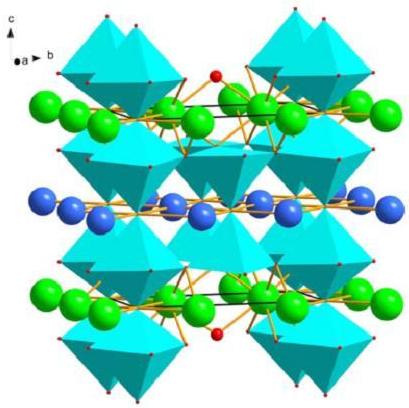Experimental Physics of Matter: Raman-EPR
The experimental research activity is related to the study and characterization of structural, electronic, magnetic and optical properties of pure oxides or doped with transition elements. The employed techniques range from Raman and micro-Raman spectroscopy to EPR, SQUID magnetometry, photo- and thermo-luminescence, and measurements of photo and thermally induced currents. The materials under investigation are of general application-oriented interest, mainly in the fields of sensing, spintronics, photonics, energetics. The activity is also concentrated on studying nanostructured thin films of diluite magnetic oxides (TiO2, SnO2, KTaO3, SrTiO3 doped with transition metals) for applications to spintronics; Titanium and Lithium wires (ionic conductors) and ferrites; Lanthanum manganites (also layered) with magnetoresistive properties; perovskite oxides for photonics applications (LiNbO3, LiTaO3, K1-xLixTa1-yNbyO3).
The research activity is developed in a multidisciplinary context, sharing knowledge between materials science, physics, chemistry. The available instruments are used also for other activities, such as: materials characterization for industrial interests, as polymers and Carbon-based one or two-dimensional structures (nanotubes and graphene), dating ceramics archeological finds, micro-Raman investigation of artistic objects of cultural heritage interest, study of crystalline inclusions in industrial glass. Among the applications of these techniques to archeology and cultural heritage, it is worth mentioning some works that have been completed: the study of red pigments in the Lardirago castle frescos by means of micro-Raman spectroscopy, the EPR study of glasses from the Carthusian monastery in Pavia, the dating of archeological tombs found in the San Felice church in Pavia by means of thermo-luminescence (TL). In the latter case, the TL signal depends on the number of electrons bound impurities present in the band gap of the material, owing to the environmental radioactivity; after proper calibration, the technique allows to determine the time from the last 'cooking' (often corresponding to its handiwork creation) also on the scale of centuries. Dating by means of TL can be compared to other historical data and it is complementary to the radioactive dating techniques.
Staff: P. Galinetto, E. Giulotto, M.C. Mozzati





